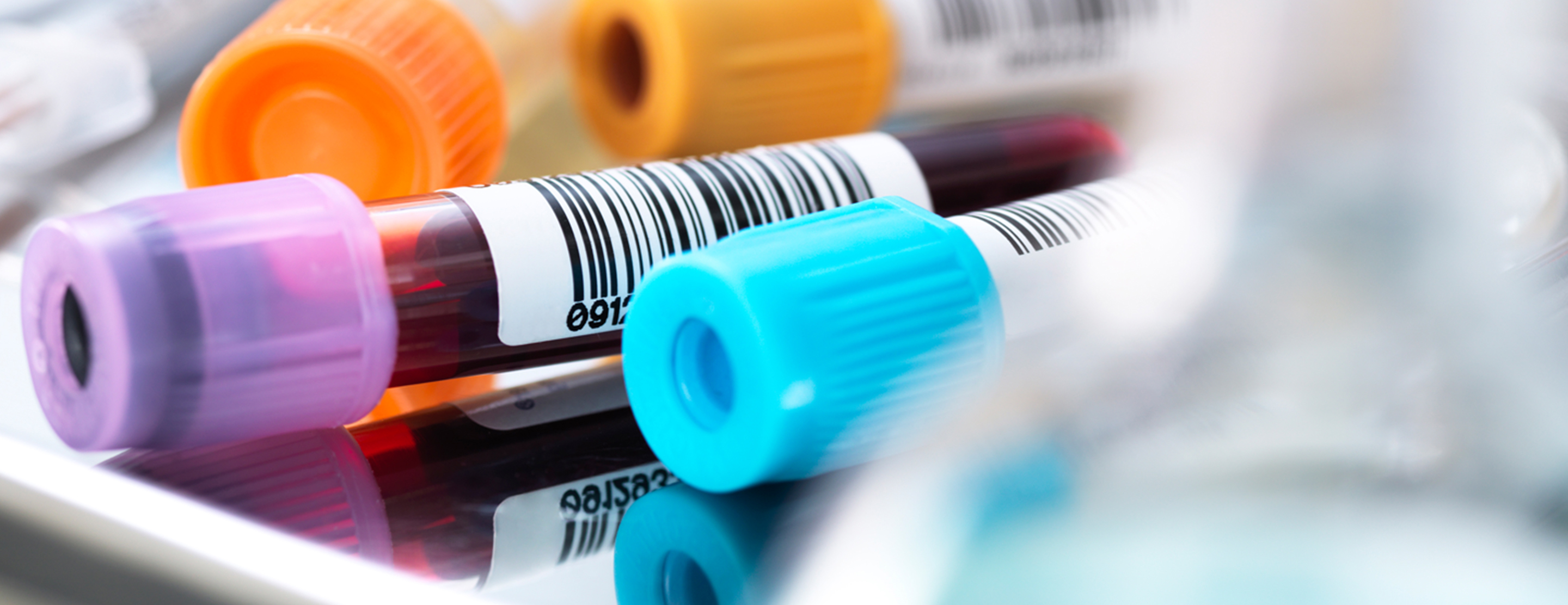
Coccidioides precipitin test
Definition
Coccidioides precipitin is a blood test that looks for infections due to a fungus called Coccidioides, which causes the disease
Alternative Names
Coccidioidomycosis antibody test; Coccidioides blood test; Valley fever blood test
How the Test is Performed
A
The sample is sent to a laboratory. There, it is examined for bands called precipitin that form when specific
How to Prepare for the Test
There is no special preparation for the test.
How the Test will Feel
When the needle is inserted to draw blood, some people feel moderate pain. Others feel only a prick or stinging. Afterward, there may be some throbbing or bruising. This soon goes away.
Why the Test is Performed
The precipitin test is one of several tests that can be done to determine if you are infected with Coccidioides, which causes the disease coccidioidomycosis.
Antibodies are specialized proteins that defend the body against bacteria, viruses, and fungi. These and other foreign substances are called
The precipitin test helps check if the body has produced antibodies to a specific antigen, in this case, the Coccidioides fungus.
Normal Results
A normal result is when no precipitins are formed. This means the blood test did not detect the antibody to Coccidioides.
What Abnormal Results Mean
An abnormal (positive) result means the antibody to Coccidioides has been detected.
In this case, another test is done to confirm that you have an infection. Your health care provider can tell you more.
During the early stage of an illness, few antibodies may be detected. Antibody production increases during the course of an infection. For this reason, this test may be repeated several weeks after the first test.
Risks
There is little risk involved with having your blood taken. Veins and arteries vary in size from one person to another, and from one side of the body to the other. Taking blood from some people may be more difficult than from others.
Other risks associated with having blood drawn are slight, but may include:
- Excessive bleeding
- Fainting or feeling lightheaded
- Multiple punctures to locate veins
- Hematoma (blood accumulating under the skin)
- Infection (a slight risk any time the skin is broken)
References
Brady RC. Coccidioidomycosis (Coccidioides species). In: Kliegman RM, St. Geme JW, Blum NJ, Shah SS, Tasker RC, Wilson KM, eds. Nelson Textbook of Pediatrics. 21st ed. Philadelphia, PA. Elsevier; 2020:chap 267.
Galgiani JN. Coccidioidomycosis (Coccidioides species). In: Bennett JE, Dolin R, Blaser MJ, eds. Mandell, Douglas, and Bennett's Principles and Practice of Infectious Diseases. 9th ed. Philadelphia, PA: Elsevier; 2020:chap 265.
Review Date: 05/19/2023
The information provided herein should not be used during any medical emergency or for the diagnosis or treatment of any medical condition. A licensed physician should be consulted for diagnosis and treatment of any and all medical conditions. Call 911 for all medical emergencies. Links to other sites are provided for information only -- they do not constitute endorsements of those other sites. Copyright ©2019 A.D.A.M., Inc., as modified by University of California San Francisco. Any duplication or distribution of the information contained herein is strictly prohibited.
Information developed by A.D.A.M., Inc. regarding tests and test results may not directly correspond with information provided by UCSF Health. Please discuss with your doctor any questions or concerns you may have.





